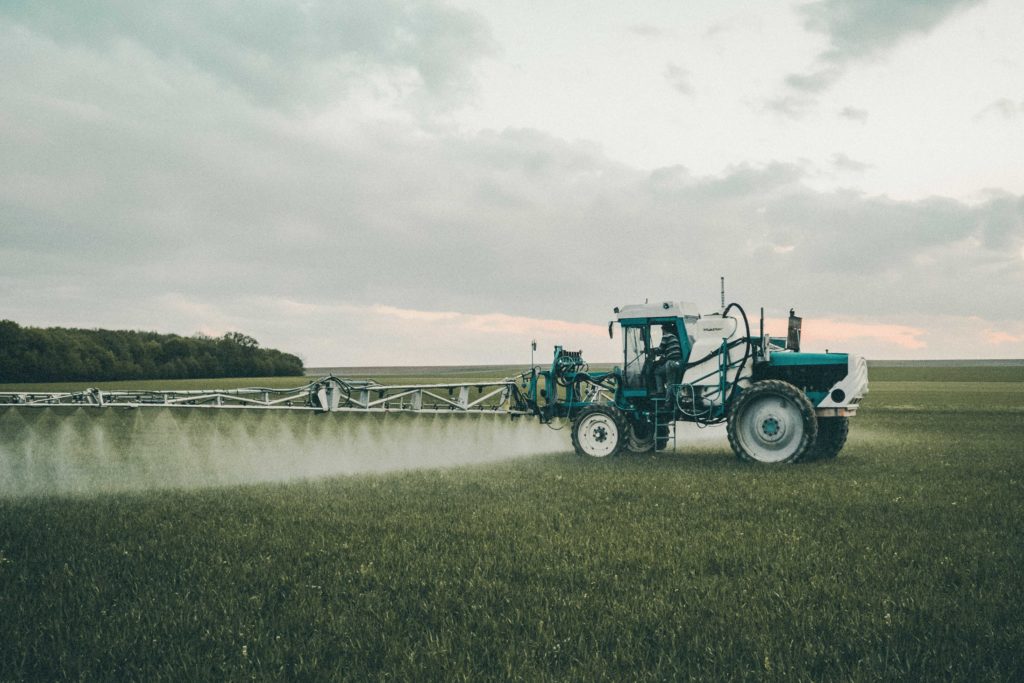If you’re looking to make money over summer, harvest and farm work could be a fantastic option. Following a joint announcement by the Australian Minister for Agriculture and the Minister for Immigration, international students are able to work in the agriculture sector for more than 40 hours per fortnight during the semester. Plus, temporary visa holders can extend their stay by working in the agriculture industry.
But what type of work is available? How much will you get paid? And what else do you need to know before working in agriculture? Here’s our guide to farm work in Australia.
What is farm work?
Agriculture is a diverse industry that includes horticulture (think fruit, vegetables and plants), livestock (think poultry and cattle) and broadacre farming (think large-scale crops and grains).
At the moment, the type of farm work that is in demand is seasonal harvest work. During summer, fruits such as pears, apples, grapes and berries turn ripe and farmers need extra hands to help pick them. Aside from fruit or vegetable picking, work may also involve packing, pruning and planting.
It’s worth noting that this type of work is generally seasonal, can be physically demanding and often involves travelling to regional areas.
Can international students work on farms in Australia?
Yes. Due to travel restrictions, the agriculture sector is struggling to fill the labour shortage that is usually made up of backpackers, and $22 million has reportedly been lost due to unpicked and wasted fruits and vegetables.
To combat this, the Australian Government has introduced a few measures to assist temporary visa holders to access farm work opportunities. These include lifting the limit of 40 hours of work per fortnight during semester for international students, relocation assistance of up to $2000 and the launch of user-friendly websites like Harvest Trail that link students to these opportunities. Starting a new job can be nerve-racking, but there are many resources that can help you (we outline these at the end of this article).
What is farm work like in Australia?
Farm work tends to start very early in the morning and can be physically exhausting. It involves standing and being outdoors in the hot Australian sun for a long period of time, carrying heavy equipment or bags of produce and working at heights (for example, climbing up a ladder to access fruit trees).
Most harvest work is located in rural towns and remote areas, which requires travel. Before selecting a job, you should find out whether you will need to arrange your own accommodation and transport or if the employer will organise it for you. If your choice of job is in a different state, you should also check the current state and territory border closures.
Farm work can offer valuable work experience, and you may gain additional skills to enhance your employability. As well, it is a good way to explore regional Australia. The Hunter Valley in NSW, Mornington Peninsula in Victoria and the Barossa Valley in SA, for example, are all incredible destinations around the country.
How much does farm work pay?
While the work may be physically demanding, it can offer good financial return: the minimum wage for casual employees working in the horticulture industry in Australia is currently $24.80 per hour. Up to $2000 in relocation assistance is also available for eligible agriculture workers until 31 December 2021.
Australia takes workers’ rights very seriously. International students are encouraged to report any underpayment to the Fair Work Ombudsman.
Where to find farm work
As with any type of work, it’s crucial that you find an employer who is credible and trustworthy. The Australian Government has set up Harvest Trail, which allows you to find jobs available in your state, useful facts on what to expect and resources on how to stay safe at work.
There are also state-specific websites that provide even more resources, including Help Harvest NSW, the Big Victorian Harvest, Pick Queensland and Real Work Real Experience (South Australia).
If you’re interested in pursuing farm work, make sure to use one of these Government websites to familiarise yourself with the necessary information and to find employers who uphold workers’ rights in Australia.
Staying safe at work
There are measures you can take to keep yourself safe while performing farm work. These include finding credible employers, researching what to expect at work and being prepared. Items you should bring with you include a hat, a pair of sunglasses, long-sleeved shirts, sturdy covered shoes, sunscreen, lots of water and any medications that you may need.
It is also important to get accurate information against common workplace myths and to familiarise yourself with your work rights, including lawful minimum wage, workplace safety and a workplace free from discrimination. As well, Safe Work Australia lists some common hazards in farm work, such as sun exposure, heavy equipment and working in remote locations, and ways to minimise the risks.
You can find more information on your rights at work, workplace safety and biosecurity on the Harvest Trail website and the Fair Work Ombudsman’s Horticulture Showcase. Remember that these organisations are always here to look after your rights and safety, so don’t hesitate to reach out if you need help!





